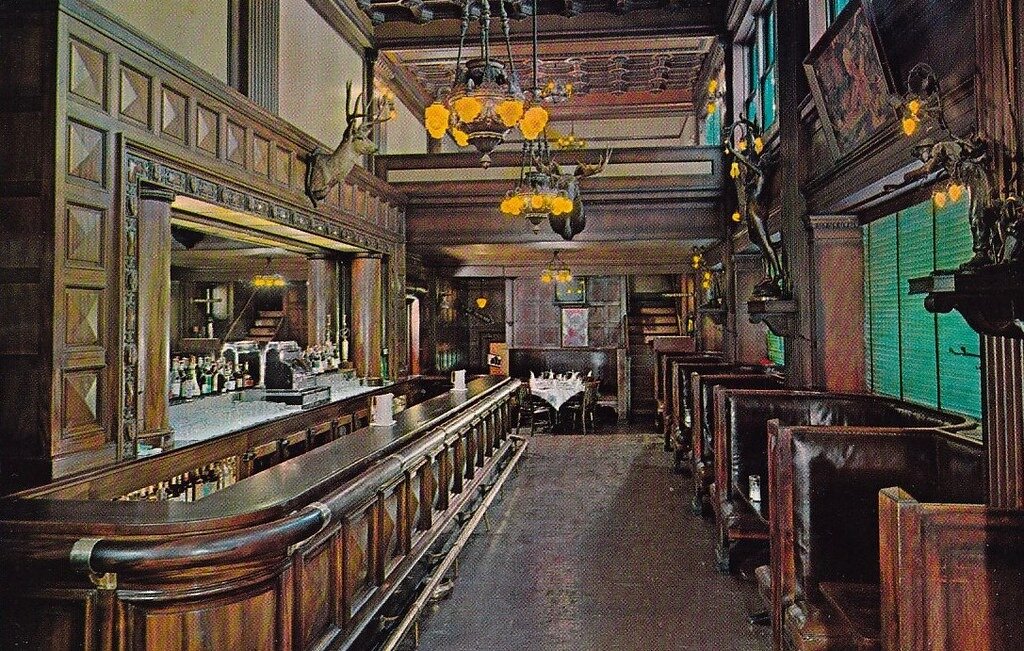More than a decade ago, in February 2015, The Emperor Norton Trust issued its first research on Emperor Norton's birth date. In a talk that we published online the same month, I argued for a birth date of 4 February 1818.
In that talk, I outlined the role of the Emperor Norton Memorial Association in securing a new burial plot and headstone for the Emperor in 1934 — after his remains were exhumed from San Francisco’s Masonic Cemetery as part of the city’s great “cemetery eviction” of that period — and I laid at the feet of Robert Ernest Cowan (1862–1942) much of the blame for the incorrect "1819" birth date that the Association inscribed on the headstone that they placed at the Emperor’s new grave in Woodlawn Memorial Park, Colma, Calif.
In 1923, Cowan had published an essay on Emperor Norton in the new California Historical Society (CHS) Quarterly — of which he was the inaugural editor. In the essay, Cowan faked an 1819 birth date for the Emperor by falsifying an 1865 item in the Daily Alta newspaper.
Apparently no one caught this at the time — and probably wouldn’t have said anything if they had. Indeed, in 1934 Cowan remained deeply influential and respected in California history circles. His account of Emperor Norton still was regarded as a reference standard. And there had been no challenge to Cowan’s 1923 claim of an 1819 birth date for the Emperor. So, the Association just went with their friend Cowan — regarding the question of the Emperor’s birth date as having been settled years earlier.
We thought it was no more complicated than that.
Comes new evidence — which we publish here on the 91st anniversary of the dedication of Emperor Norton's 1934 headstone:
Cowan revived and even ramped up his decade-old birth date fakery in early 1934, and did so while he was president of the board of the California Historical Society — a board that included 2 of the 4 officers of the new Emperor Norton Memorial Association — one of whom was the Association’s president.
It seems that — more than we knew: In 1934, the fix was in for a falsified 1819 birth date on the Emperor's headstone.
Read More


